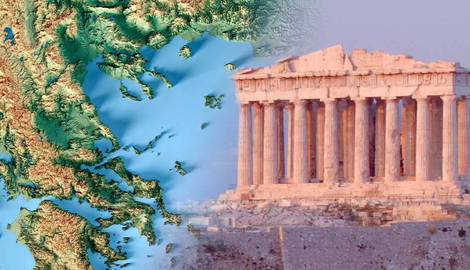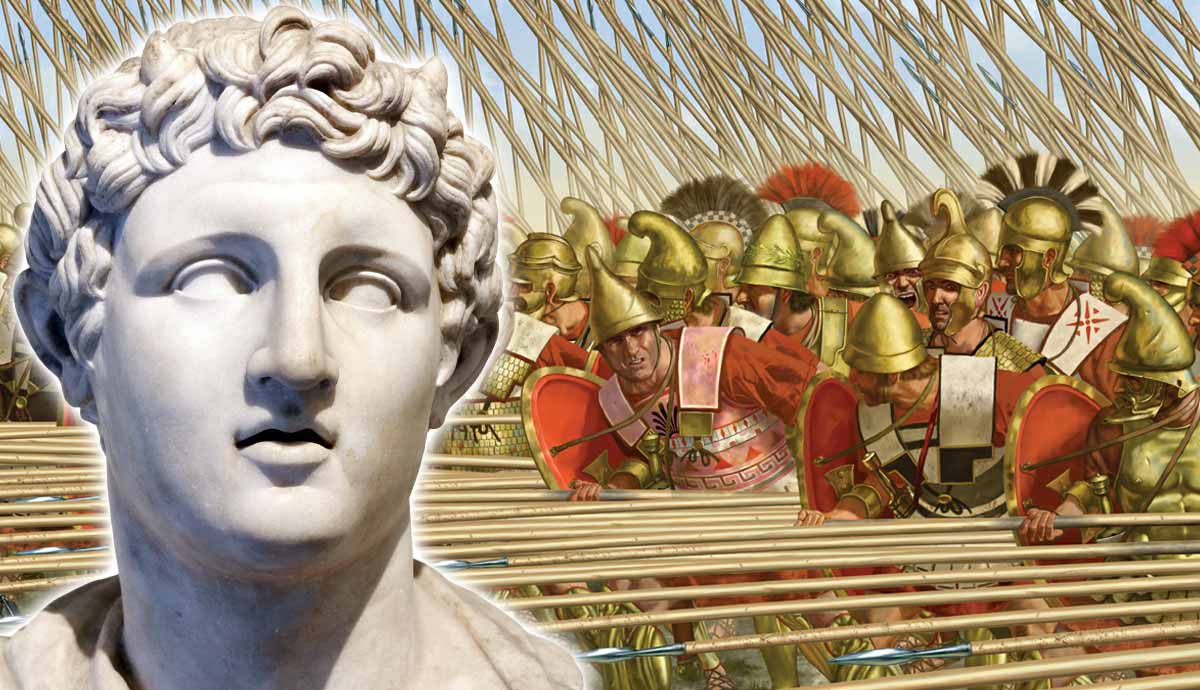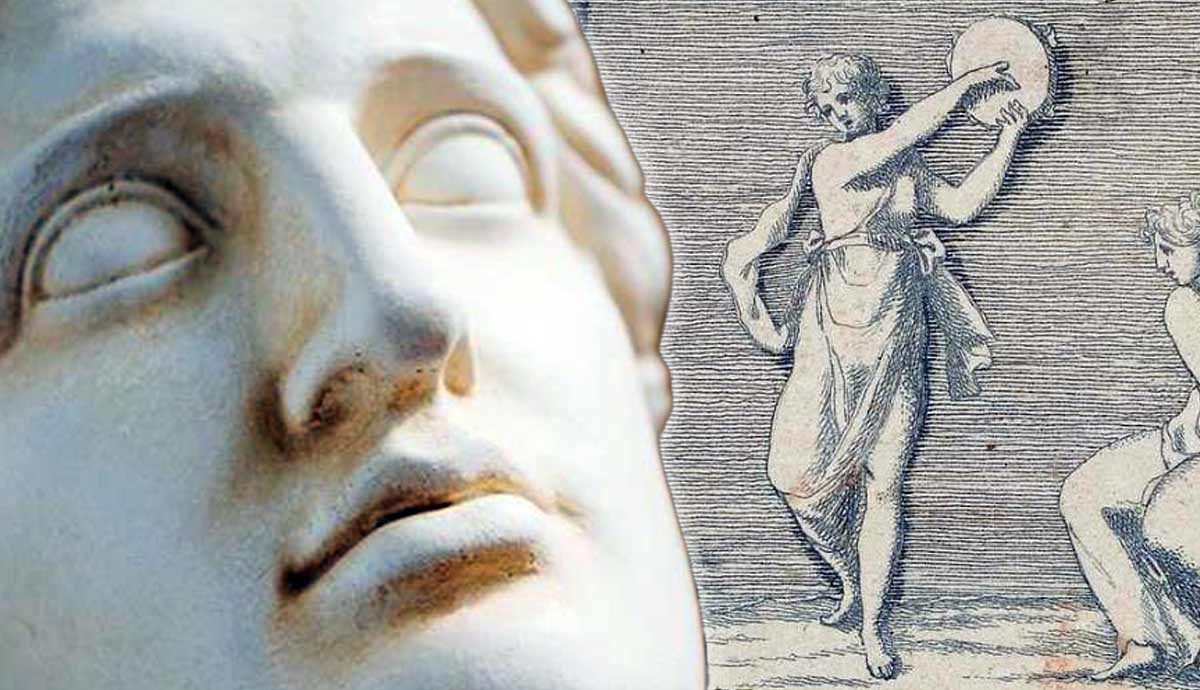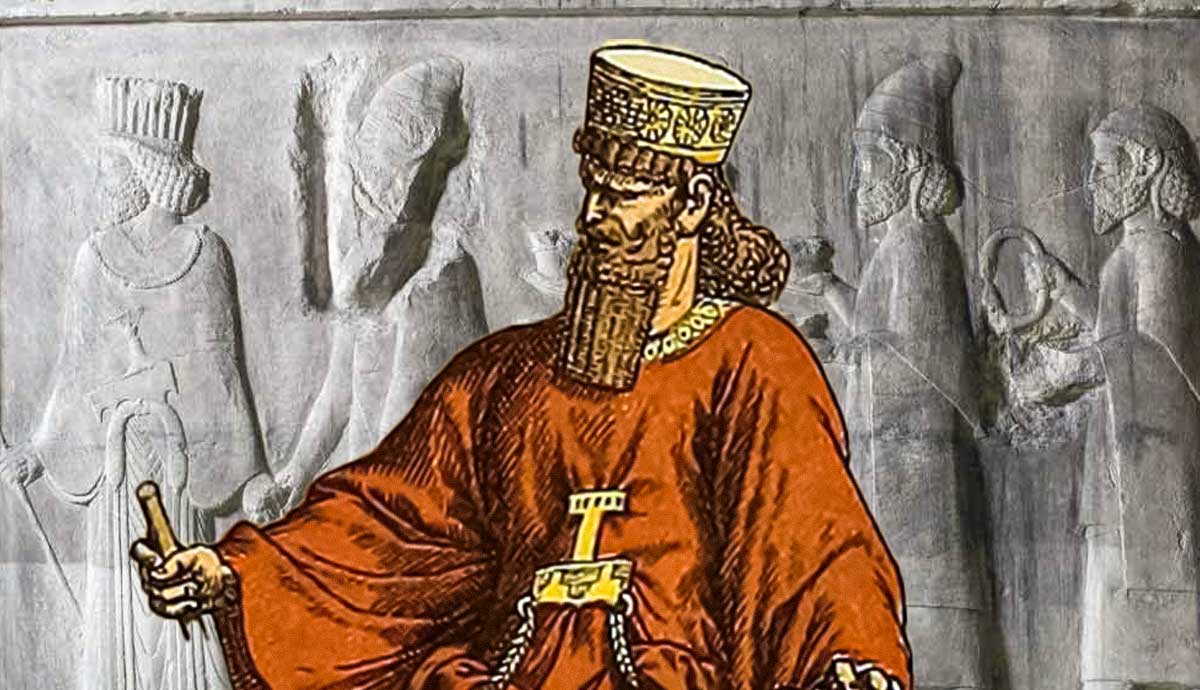
In the 2nd century CE, the Greek writer Pausanias spent decades traveling around ancient Greece, which was then part of the Roman Empire. He recorded what he saw and compiled a guide for other travelers called the Perigereis Hellados or Guide to Greece. Through his descriptions, he preserves cities, temples, statues, paintings, and stories that have since vanished. Reading Pausanias is as close as we can get to wandering the streets of ancient Athens and climbing the Acropolis or touring the cluttered and storied sanctuaries of Olympia and Delphi. As such, it has been invaluable for historians and archaeologists.
Life and Times

We know little about Pausanias himself. He was probably born in Magnesia, a Greek city in Asia Minor (modern western Turkey), and lived between 117 and 180 CE. He was likely middle-aged when writing, with the first book of the guide probably published around 160 CE and the remaining nine books published before 176 CE.
While his guide focuses on Greece, he probably traveled more widely. The Roman Empire’s control of the Mediterranean in its apparent Golden Age facilitated travel for the curious and wealthy, opening up opportunities for men like Pausanias. His early life overlapped with the emperor Hadrian (117-138 CE), who famously spent much of his reign traversing the empire. The Greece that Pausanias saw was one much altered by Hadrian during his many tours.
The time devoted to Greece by a Roman emperor marks a peak of Greek cultural influence under the Roman Empire. The Romans entered the Greek world in the 2nd century BCE, adopting large parts of its elite culture while robbing Greece of its freedom. This led to a flourishing of Greek culture as the Romans consumed Greek philosophy, rhetoric, arts, and history. It was against this background of a Greek world politically subjugated but culturally influential that Pausanias wrote his guide.
The Author’s Methodology

Descriptions of the known world, its peoples, and their histories and customs were an established part of Greek literature. A century before, Pausanias Strabo had written his Geography, describing the different regions of the world. Such works often lacked the local details of Pausanias’ work and did not usually aim to provide practical travel advice. A famous exception is the Periplus of the Erythraean Sea, which describes navigation and trading opportunities from the Red Sea to India. Pausanias’ work is part traditional geography, part route map, and much more besides.
Actual travel was fundamental to Pausanias’ methodology. While Pausanias clearly researched his destinations and was well acquainted with the long history of Greek literature, he was no armchair traveler. He walks readers through each of his locations, referring to well-known stories or filling in gaps with lesser-known myths and events. Pausanias reveals some of his research methods. He interrogated the priests and priestesses of the numerous sanctuaries and temples he visited. He even admits to making a nuisance of himself at one site in Athens to discover its myths. As a pious man, he also worshiped at many of the sites he recorded. He backs up his detailed account of the worshiper’s descent to an underground oracle of Trophonius at Lebadeia by informing us that he himself consulted the oracle in person (9.39.4).
As the examples above show, Pausanias was especially interested in the religious life and history of Greece. His travels from temple to temple have led some scholars to describe him as a pilgrim. While the Guide contains geography, history, and art criticism, religion was clearly at the center of Pausanias’ project. What we would term secular buildings and monuments are included, but his preference was clearly for the sacred.
Pausanias’ Vision of Greece

It was not just piety that explains Pausanias’ focus on religious sites and myths. The Greece he explored was conquered by the Romans centuries before. Its long-cherished political liberty was a thing of the very distant past, but it was an idea Pausanias, and no doubt countless others, still clung to.
The idea that Pausanias’ guide is not simply a traveler’s description is inherent in the nature of the work. First, he is different from many travelers in that he wrote not about a distant and exotic land but about his own society. While he was from Asia Minor, he is, without doubt, a Greek writing about Greece. Furthermore, there was not anything obvious about the locations he chose to include. Pausanias’ Greece is a land of numerous regions. Across the ten books of the guide, he presents us with Attica, Boeotia, Phokis, Elis, Laconia, Corinth and the Argolid, Achaia, Messenia and Arkadia. This was only a part of the Greek world, which spread out in a network of city-states, kingdoms, and peoples across the Mediterranean. This selection represents the birthplace of Greek myth and religious practices. It is also the land of the great city-states such as Athens, Sparta, and Thebes, which were once powerful, free states.

That Pausanias looks back to a certain vision of Greece is also evident in what he does not include. Though the Romans rebuilt much of what they had destroyed in Greece, few of those prominent monuments are mentioned by Pausanias. Athens, in particular, had been the focus of Hadrian’s building projects, receiving a new library and aqueducts, and the spectacular temple of Olympian Zeus was completed centuries after the project was started. Of these, only the latter gets any serious attention.
A similar pattern occurs with the references to history. Throughout the guide, Pausanias provides historical digressions, which usually fill in lesser-known aspects of history. For example, we are provided with an account of the Celtic Invasion of Greece in the 3rd century BCE, and in Messenia, we are given the history of the wars with Sparta. However, this history largely stops as Greece loses its liberty. There are few references later than the 2nd century BCE, three centuries before Pausanias’ day.
Pausanias’ stated aim of representing all things Greek is then the nostalgic project of a Greek intellectual living under Roman rule. This helps explain the emphasis on religion. In Pausanias’ day, Greek identity had no political meaning. Large parts of its culture had been adopted by the Romans. Religion was, however, a sphere that could be used to express a Greek identity. Indeed, in the decentralized Greek world, religion had long been one of the few traits shared by the Greeks.
While, for Pausanias, Greek identity may have resided in religion, we are still a long way from a unified consciousness for the Greeks. Ancient Greece had no centralized political or religious authority, so as he moved from place to place, myths and rituals varied and even contradicted each other. Pausanias does not shy away from this diversity and comfortably presents local variations of myths and stories. His Greece looked to religion for its identity, but it still existed as a decentralized network rather than a unified people.
Pausanias’ Athens

We can select any section of Pausanias’ text to journey back into ancient Greece. The descriptions of Delphi and Olympia, described in their former splendor, should not be missed. But, naturally, Pausanias’ account of Athens (Book 1) and the region of Attica have always drawn attention.
Pausanias starts his journey at sea, off Sounion with its Temple of Poseidon (1.1), before continuing on to Piraeus, the home of the Athenian fleet in its glory days. He walks us up to the city of Athens itself and takes us through the Kerameikos (1.3.1), one of the modern city’s most important archaeological sites. His account of the main public space in Athens, the Agora (1.3-14), is, from the modern point of view, slightly underwhelming. We are given invaluable descriptions of paintings that have not survived. However, rather than the detailed account of the civic center of Athens we would like, we are instead mostly presented with a mix of the mythological origins of democracy under Theseus and historical digressions on the Hellenistic era and the battle of the Athenians against the Celts in the 3rd century BCE.

It is some time before we are brought back on track and wander around the lower city past the still largely preserved Temple of Hephaestus (1.14.5) and the lost Painted Stoa (1.15.1). One of the few Roman monuments to be mentioned is up next: the massive Temple of Olympian Zeus (1.18) and its courtyard of colossal imperial statues. This positive mention of a Roman is soon counterbalanced by a reference to the general Sulla, who sacked the city in 88 BCE, destroying the Odeion built after the Persian Wars.
We are then finally ready to climb the Acropolis of Athens. Naturally, this is the centerpiece of the account of Attica (1.22-28). Pausanias gives us a selection of the numerous statues of gods and heroes that cluttered the summit of the Acropolis and shared space with the temples and altars. Here, we understand that while Pausanias is as close as we can get to ancient Greece, that world is long gone. The modern visitor can share Pausanias’ evident admiration for the masterpieces of Athens and can recreate a few experiences, like walking past the Temple of Athena Nike and through the monumental Propylaea gate, but after that, we are greeted with a largely empty space. Pausanias’ Acropolis was still a storehouse of meaning, art, and piety, standing halfway between Athens and the gods.

Having descended from the Acropolis, Pausanias takes us out of the city via Plato’s Academy (1.29.2) and around the country towns and slopes of the surrounding mountains. The highlight here is the legendary plain of Marathon, where the Athenians defeated the Persians in 490 BCE. According to Pausanias, the sounds of men and horses in battle can still be heard every night, but it is best not to linger and to listen to the ghostly sounds (1.32.3). Before we leave Attica on the way to the Peloponnese, Pausanias takes us past the sanctuary of Eleusis (1.36.3), which is home to intriguing mysteries. As a pious believer, however, Pausanias is reluctant to disclose things we should not know.
By the time we leave Attica, we are aware not only of Athens’ myths and artistic treasures but also of the Athenians’ role in the story of Greek liberty: how they fought successfully for it against the Persians and Celts and less successfully against the Macedonians and Romans. We are, however, painfully aware that such glories are just shades and echoes, like the ghosts of Marathon.
Pausanias’ Legacy

Pausanias’ Greece disappeared in the centuries that followed his writing, and his work has proven invaluable for understanding the surviving ruins. While there are questions, archaeologists consider Pausanias to be largely accurate. When an interest developed in rediscovering the ancient world, Pausanias was one of the key sources. Perhaps one of the first to use Pausanias this way was the Byzantine philosopher Plethon, who wrote in 1453 when the Roman Empire finally fell, and a Greek identity started to re-emerge. Pausanias’ guide, written in part to remember the lost glory of an age of liberty, has helped in the rediscovery of that world a millennium and a half later.
Bibliography
Elsner, J. (1992) “Pausanias: A Greek Pilgrim in the Roman World,” Past & Present n. 135, pp. 3-29.
Freeman, C. (2023) The Children of Athena: Greek Writers and Thinkers in the Age of Rome, 150 BC–AD 400, Bloomsbury Publishing.
Jost, M. (2006) “Unité et diversité: la Grèce de Pausanias,” Revue des Études Grecques n. 119, pp. 568-587.
Levi, P. (1979) “Introduction,” Pausanias: Guide to Greece, v. 1, pp. 1-7, Penguin Books: London.









